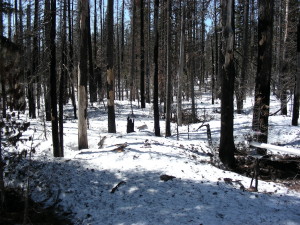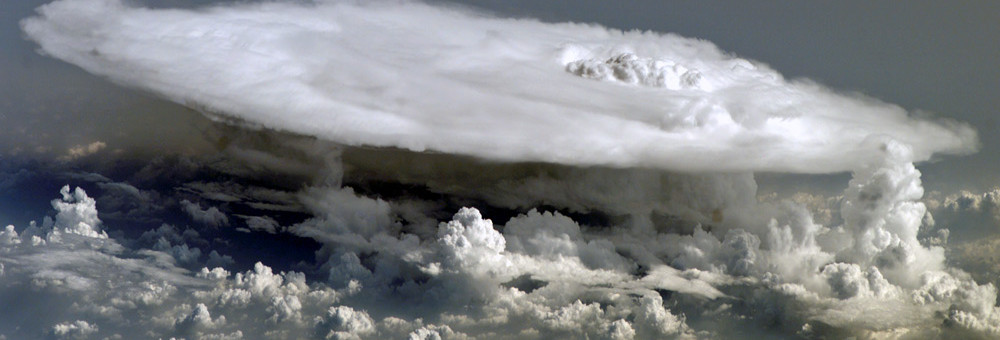Water-Climate-Ecosystem Interactions and Feedbacks
General Research Interests:
I am broadly interested in the interactions and feedbacks of hydrology, climatology, and ecology, but much of my research addresses four main themes:
(1) Ecosystem Disturbance and Mountain Hydroclimatology,
(2) Integrated Modeling of Hydroclimatology,
(3) Soil – Forest – Atmosphere Interactions, and
(4) Geo-spatial Analytics.
Much of my work involves combinations of creative experimentation and monitoring of the hydroclimate and micrometeorology, parameterizing and coupling physically-based hydroclimatological and statistical modeling, spatiotemporal analyses, geo-analytics, and remote sensing to understand ecohydroclimatological interactions across multiple scales in space and time.
Disturbance Hydroclimatology
As climate change continues, the volume of seasonal snowpack, a critical hydrologic resource, is rapidly decreasing. Simultaneously, forest fires are increasing in intensity, size and duration, while rapid land conversion is occurring as a result of agriculture, grazing, mining, timber, and industry. Disturbances, whether “natural” or “human-imposed,” influence and interact with climate, water, ecosystems, and society in profound and sometimes catastrophic ways. In my research, I seek to understand the physical mechanisms influencing hydroclimatological processes, how they affect water resources, and how they may be altered as a result of both acute disturbances such as forest fire, and prolonged disturbances such as climate change.
Please click here for more information.
Integrated Modeling of Hydroclimatology
To evaluate the implications of fine-scale mechanistic processes to watershed through regional-scale water resource availability under a changing climate system, I use integrated modeling of hydroclimatology, particularly the coupling of physically-based numerical models (derived from the literature) with empirically based statistical models (derived from field experiments and remote sensing), and physically-based spatially distributed hydroclimate models.
Please click here for more information.
Soil – Forest – Climate Interactions
Climatic extremes, such as extreme heat and droughts, are expected to increase as a result of climate change. Of particular concern for North America, drought is expected to increase in frequency and severity across the mid-latitudes, as the jet stream moves poleward, reducing precipitation and summer soil moisture. Severe drought events cause widespread tree mortality and decreased growth in forest habitats across the globe, including areas with cool and mesic climates where drought impacts are not widely recognized.
Please click here for more information.
